'You survive with grace': Alvaro Barrington at the Tate Britain
Alvaro Barrington considers Black culture with Grace installed in Tate Britain’s Duveen Galleries
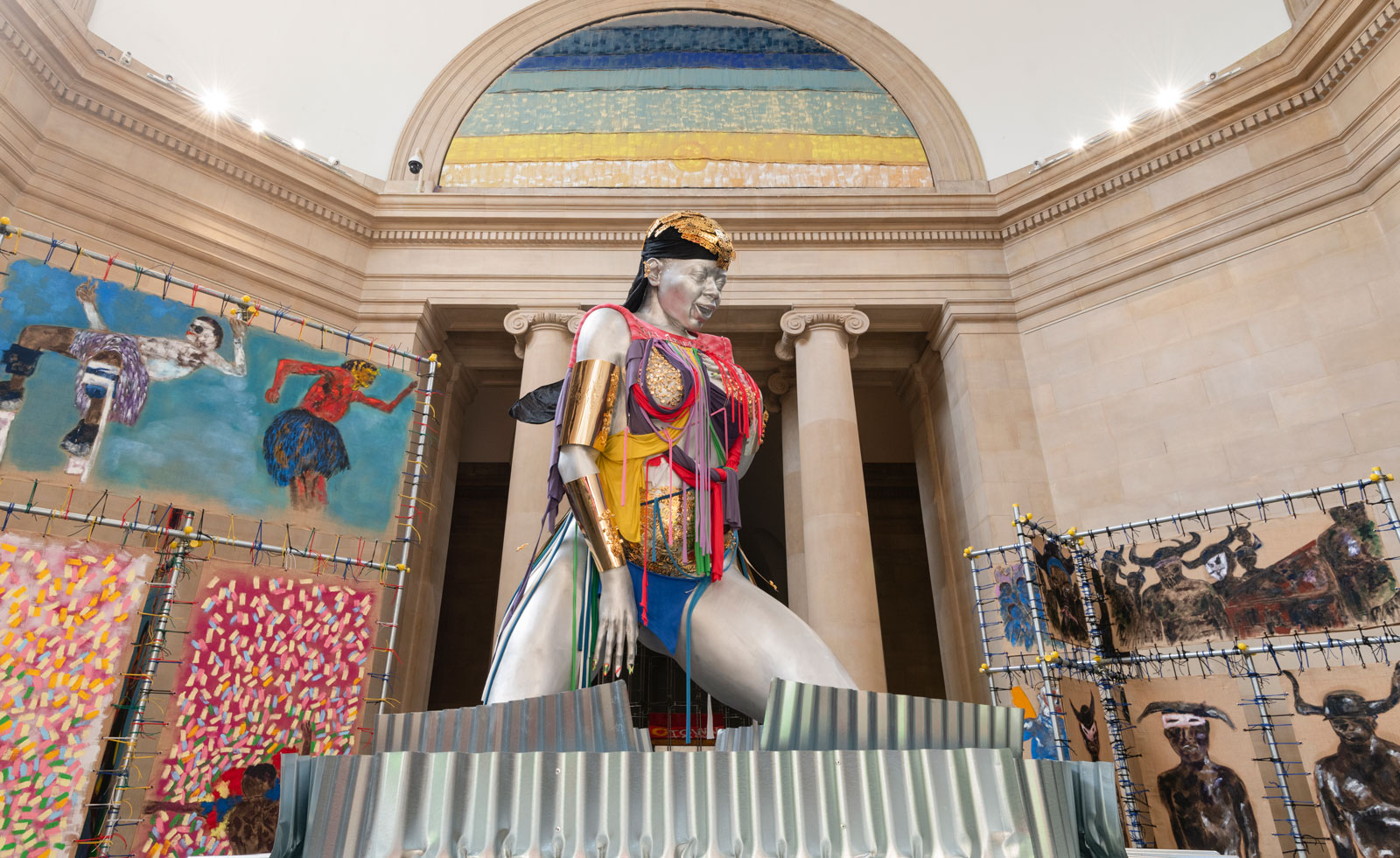
Alvaro Barrington’s Grace, installed in Tate Britain’s Duveen Galleries, is a meditation of Black culture and identity communicated through his own experiences and memories growing up in ex-British colony Grenada and New York City.
Barrington has spoken in the past about his north stars and this exhibition, which dominates the enormous space it inhabits, is built around three figures from his life. His grandmother Frederica, his close-friend or sister Samantha and his mother Emelda. Grace is also inspired by the hymn Amazing Grace, a piece of music that sits at the heart of Western Black culture.
In reference to resistance to structural racism, ideas around Black women’s role in society and states of grace and the Church as a haven Amazing Grace symbolises many things in the work and will do so for the public.
Citing Aretha Franklin’s performance at Obama’s inauguration in which she emerges frail from a recent surgery to bloom into a phenomenal performance, Barrington explained what grace and Amazing Grace embody for him: “Grace has always been a kind of particular emotional drive for Black people,” says Barrington as we speak under the galleries at Tate. “Like, how do you survive slavery gracefully? How do you survive mass incarceration, gracefully? How do you survive a country that brings you over to rebuild it, but then tries to deport you? You know what I mean? Usually it is with grace.”
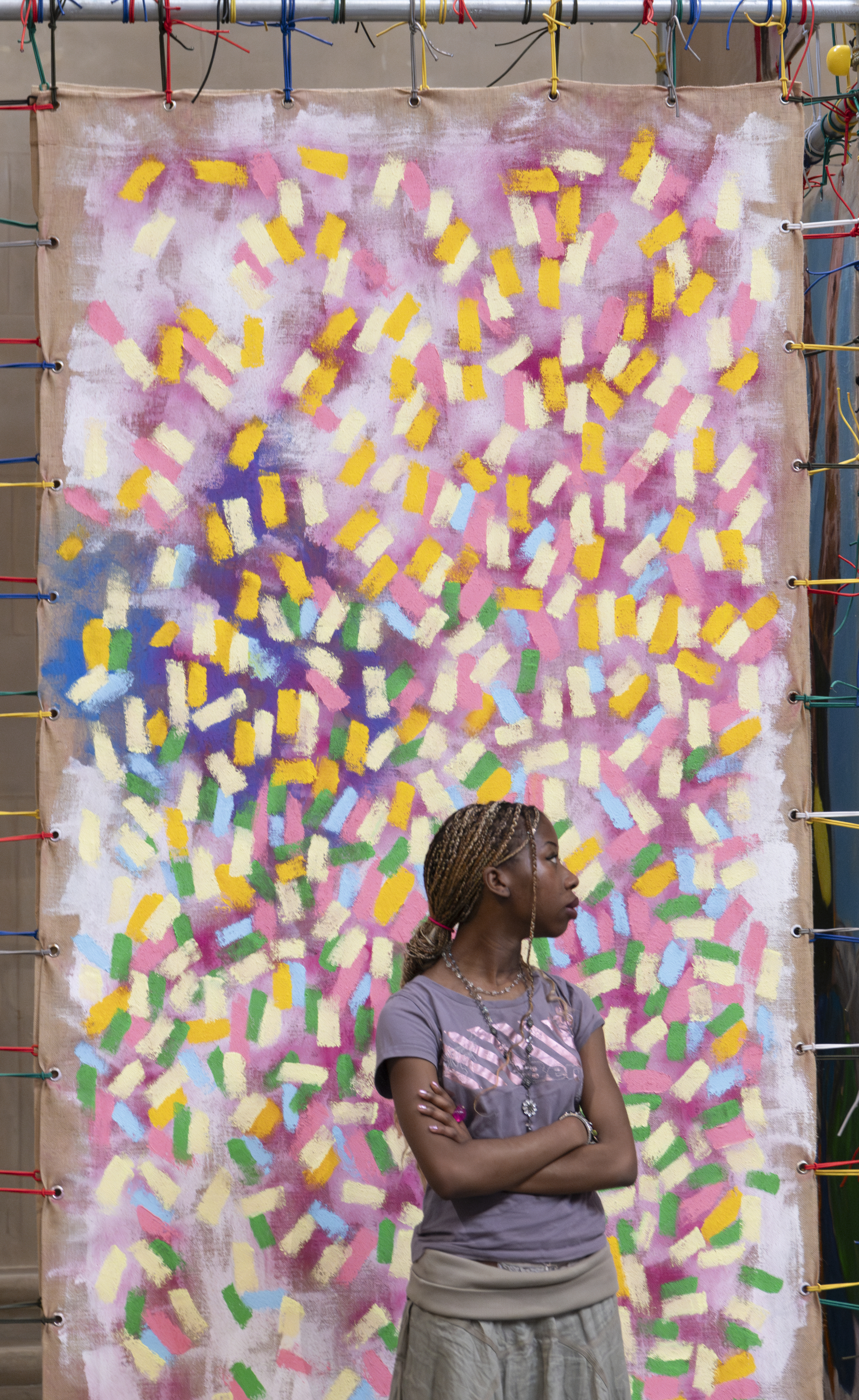
Tate Britain Commission: Alvaro Barrington: GRACE
On entering the Duveen Galleries, the ceiling is lowered, corrugated iron hangs over a series of sofas covered in plastic filled with sketches and abstract works in concrete with braided decorations in leather and fabric. The plastic speaks to the special living room in many Caribbean and diaspora homes in which everything is covered and rarely used, and the braids speak to a childhood memory of watching his sister have her hair braided. As you meander and sit in this space the sound of falling rain becomes apparent and it evokes a sense of cosiness and safety.
“I have this memory of growing up in Grenada and it's the rainy season, hurricane season, and all my cousins and I were staying with my grandma. We'd run into the house and the rain would be hitting the roof and I realised the rain was basically providing one of the reasons I hold so close to that memory, because the rain was providing a soundtrack; it was dramatising.”
Accompanied by a commissioned soundtrack composed by a selection of collaborators including Devonté Hynes, Kelman Duran, Andrew Hale and Olukemi Lijadu, this first part of the show Barrington sees as this grandmother, the soul of the exhibition. The three sections of the space, the two halls divided by a windowed rotunda and working with these elements guided the art Barrington conceived for the space.
Wallpaper* Newsletter
Receive our daily digest of inspiration, escapism and design stories from around the world direct to your inbox.
“I think of the building as its own material condition,” he explained. “And what kind of conversation would I be able to have and that includes simple things like, ‘Oh, it has a round rotunda area, so what would I make if I had to fill this as a circle?’ Or it's long, and it has a journey, so what does that mean? Or Tate Britain as a museum that's built on the idea of a nation state and what does that mean?”
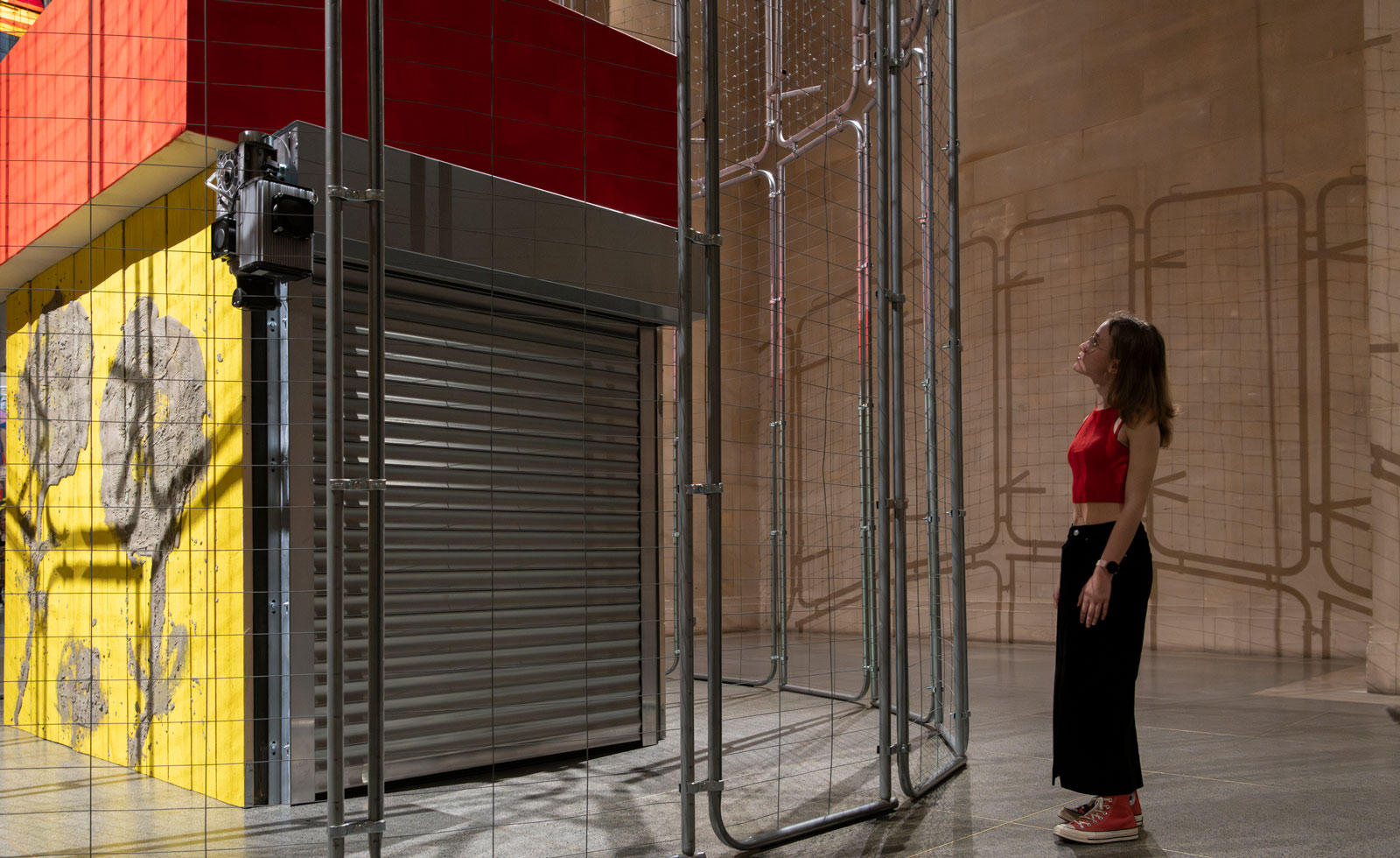
Tate Britain Commission: Alvaro Barrington: GRACE
As someone with heritage linked to what used to be the British Empire the politics of showing at Tate Britain can’t be ignored. “I'm not British, you know what I mean. But my mum was essentially a British subject, and my grandma was a British subject. And so, what would their stories be, had they been presented in this space?"
At the centre of the rotunda is a statue of Samantha, dancing in ‘Pretty Mas’ in her own world on top of a fountain-like structure with steel drums around the edge which will be played at activations throughout the duration of the show. Flanked by paintings stretched onto scaffolds and installed over the windows of the rotunda the space is flooded with light, colour, and carnival from the steel pans to the dancers and the tradition of J‘ouvert’.
The last section of Grace looks at life in New York and the danger of a walk to the corner store for some in contrast with the safety and community of church. Bathed in stained glass light the contrast of the references to US mass incarceration and forbidden dangerous spaces for the Black community.
Grace has all the elements we have come to expect from Alvaro Barrington, the strong art historical reference from Rauschenberg, Rothko, Turner and Basquiat to the layered yet accessible articulation of Black culture. One of his north stars, Ghostface Killah and Mary J. Blige’s ‘All I Need is You’ speaks to how he is inspired by how Hip Hop communicates complex and difficult messages clearly.
This is an inviting, open, complex and layered installation rich with art history and cultural relevance.
GRACE is free of charge and installed at Tate Britain until January 2025
Amah-Rose Abrams is a British writer, editor and broadcaster covering arts and culture based in London. In her decade plus career she has covered and broken arts stories all over the world and has interviewed artists including Marina Abramovic, Nan Goldin, Ai Weiwei, Lubaina Himid and Herzog & de Meuron. She has also worked in content strategy and production.
-
 Marylebone restaurant Nina turns up the volume on Italian dining
Marylebone restaurant Nina turns up the volume on Italian diningAt Nina, don’t expect a view of the Amalfi Coast. Do expect pasta, leopard print and industrial chic
By Sofia de la Cruz
-
 Tour the wonderful homes of ‘Casa Mexicana’, an ode to residential architecture in Mexico
Tour the wonderful homes of ‘Casa Mexicana’, an ode to residential architecture in Mexico‘Casa Mexicana’ is a new book celebrating the country’s residential architecture, highlighting its influence across the world
By Ellie Stathaki
-
 Jonathan Anderson is heading to Dior Men
Jonathan Anderson is heading to Dior MenAfter months of speculation, it has been confirmed this morning that Jonathan Anderson, who left Loewe earlier this year, is the successor to Kim Jones at Dior Men
By Jack Moss
-
 From activism and capitalism to club culture and subculture, a new exhibition offers a snapshot of 1980s Britain
From activism and capitalism to club culture and subculture, a new exhibition offers a snapshot of 1980s BritainThe turbulence of a colourful decade, as seen through the lens of a diverse community of photographers, collectives and publications, is on show at Tate Britain until May 2025
By Anne Soward
-
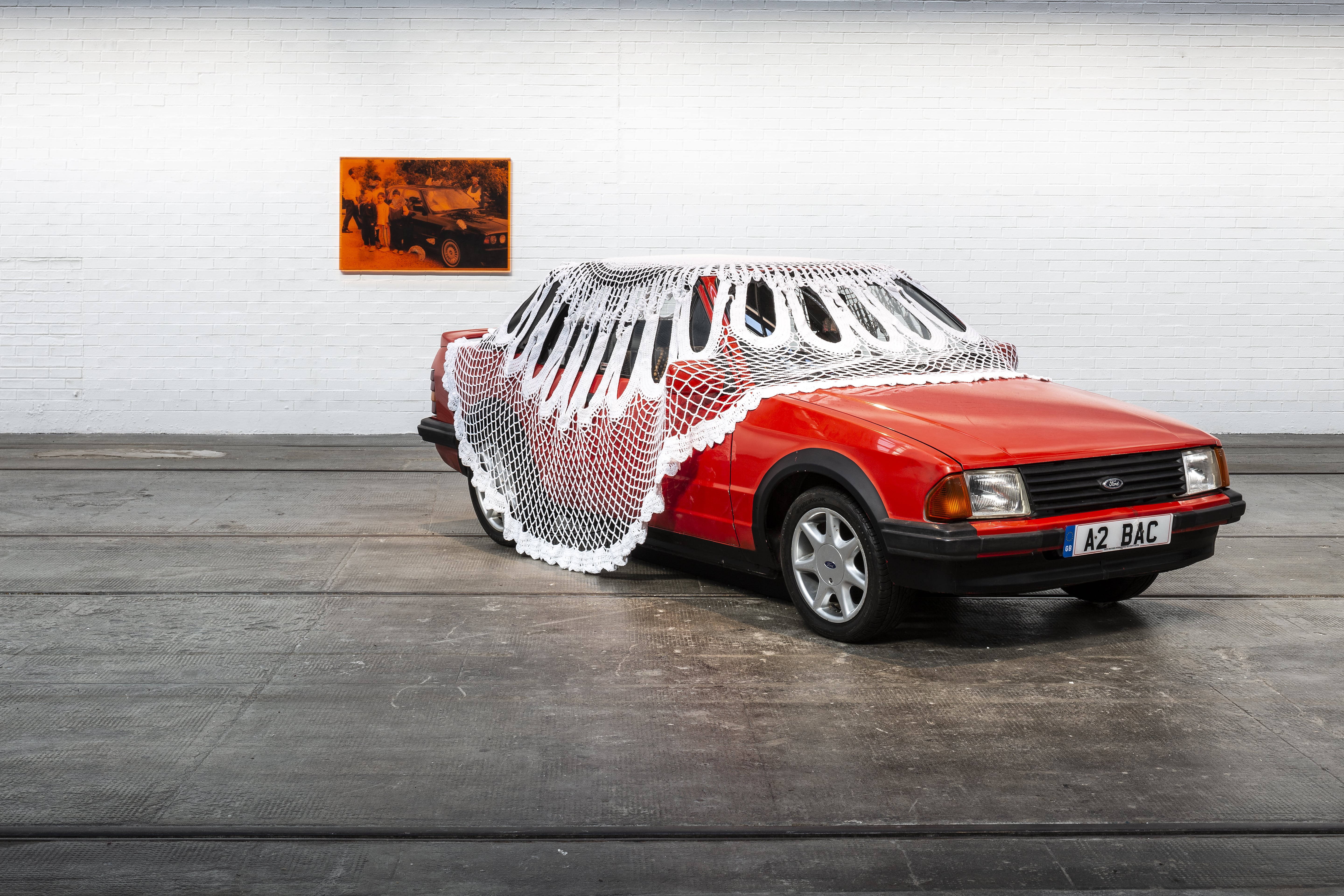 Jasleen Kaur wins the Turner Prize 2024
Jasleen Kaur wins the Turner Prize 2024Jasleen Kaur has won the Turner Prize 2024, recognised for her work which reflects upon everyday objects
By Hannah Silver
-
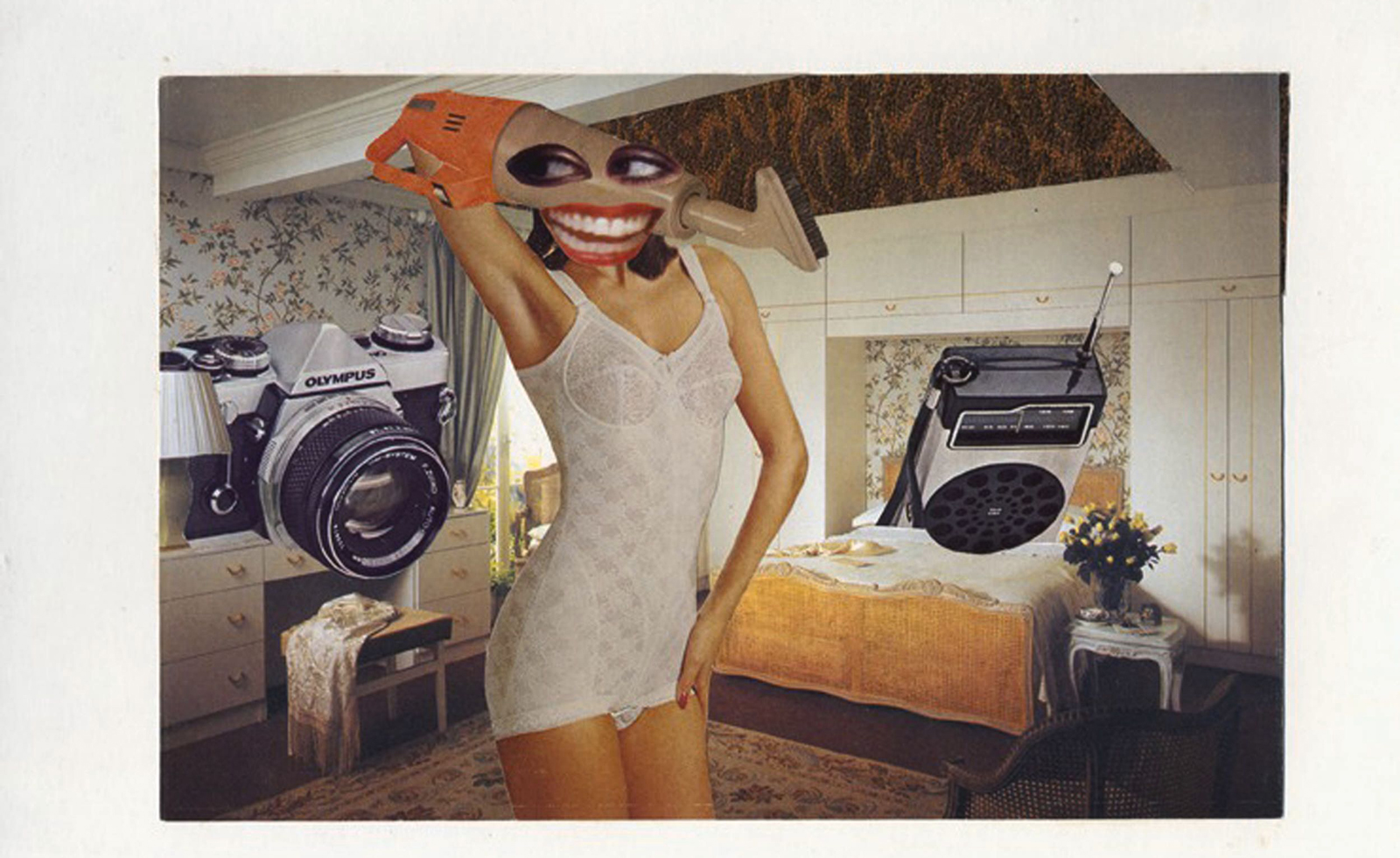 ‘Women in Revolt!’ at Tate Britain is a deliciously angry tour de force of feminist art
‘Women in Revolt!’ at Tate Britain is a deliciously angry tour de force of feminist art‘Women in Revolt!’ puts feminist art from 1970 – 1990 under the spotlight at Tate Britain
By Hannah Silver
-
 Cornelia Parker’s major Tate Britain survey explores British fragility
Cornelia Parker’s major Tate Britain survey explores British fragilityAt Tate Britain, Cornelia Parker’s first London survey show dissects politics and history and reframes everyday life
By Martha Elliott
-
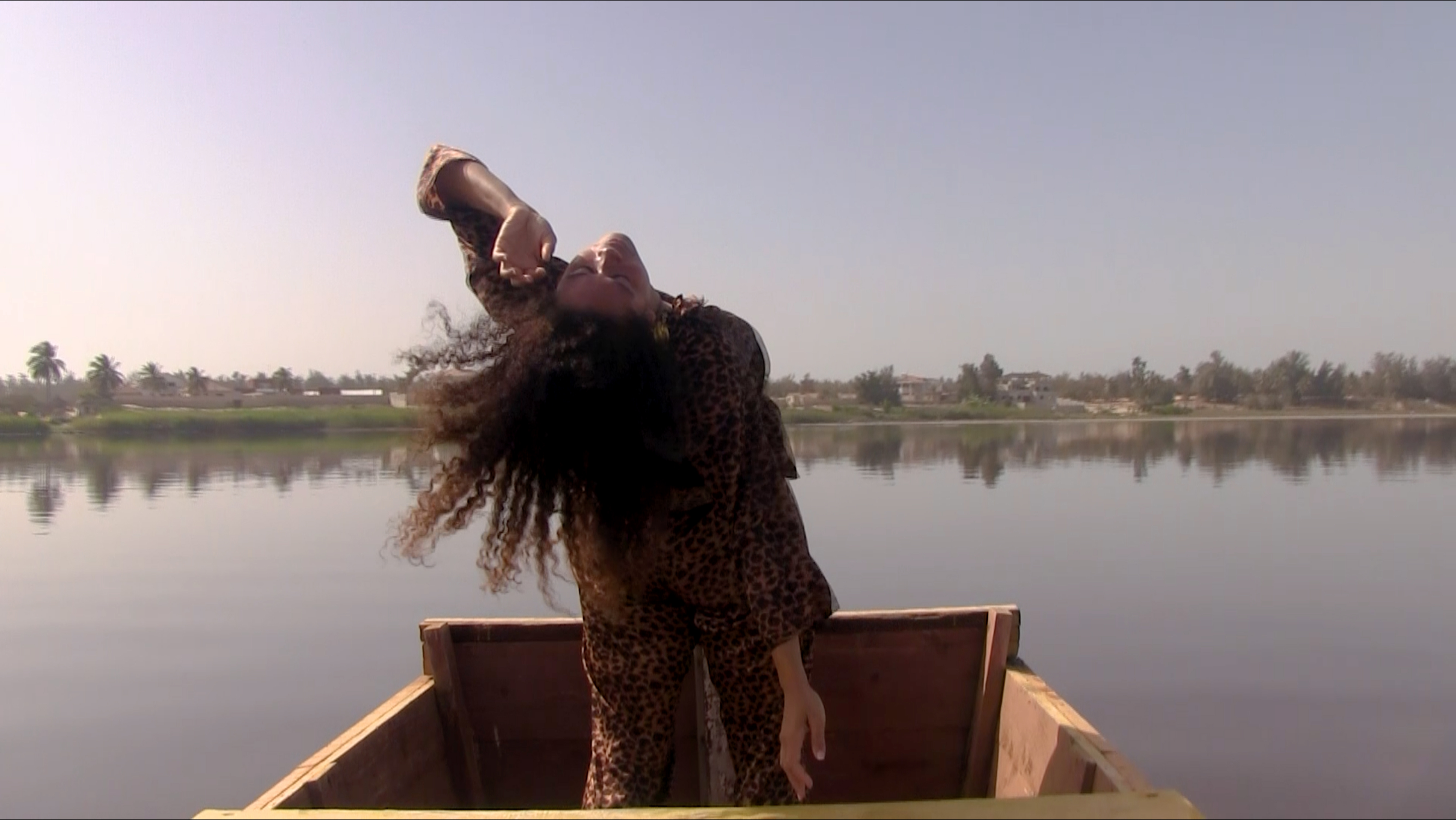 Turner Prize 2020 bursary winners announced
Turner Prize 2020 bursary winners announcedTen artists have been selected to win this year's historic Turner Bursaries
By Elly Parsons
-
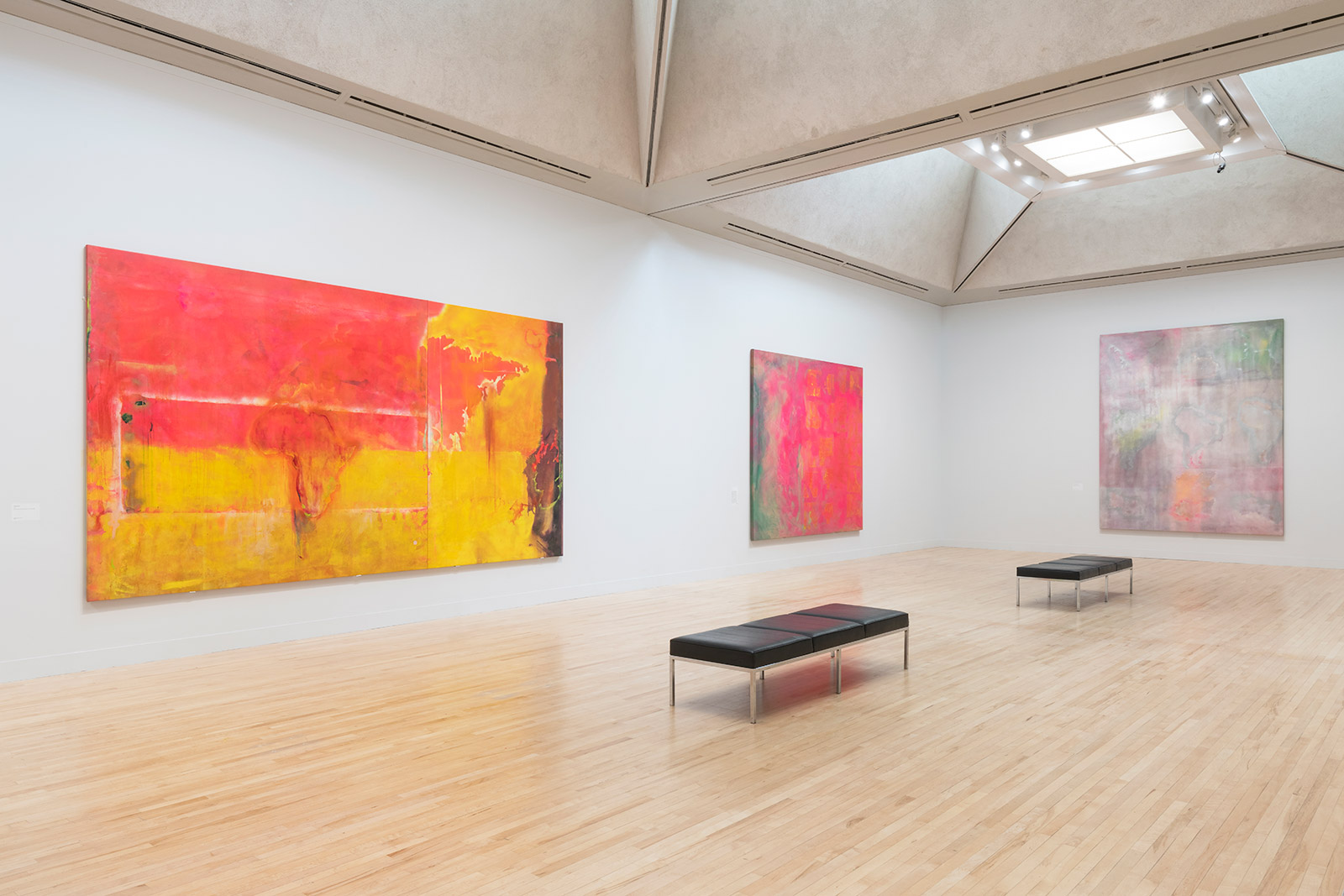 Frank Bowling cements his status as a modern master with Tate Britain retrospective
Frank Bowling cements his status as a modern master with Tate Britain retrospectiveAfter six decades, the British artist is finally getting his dues as a gently dazzling survey of his paintings opens in London
By Harriet Lloyd-Smith
-
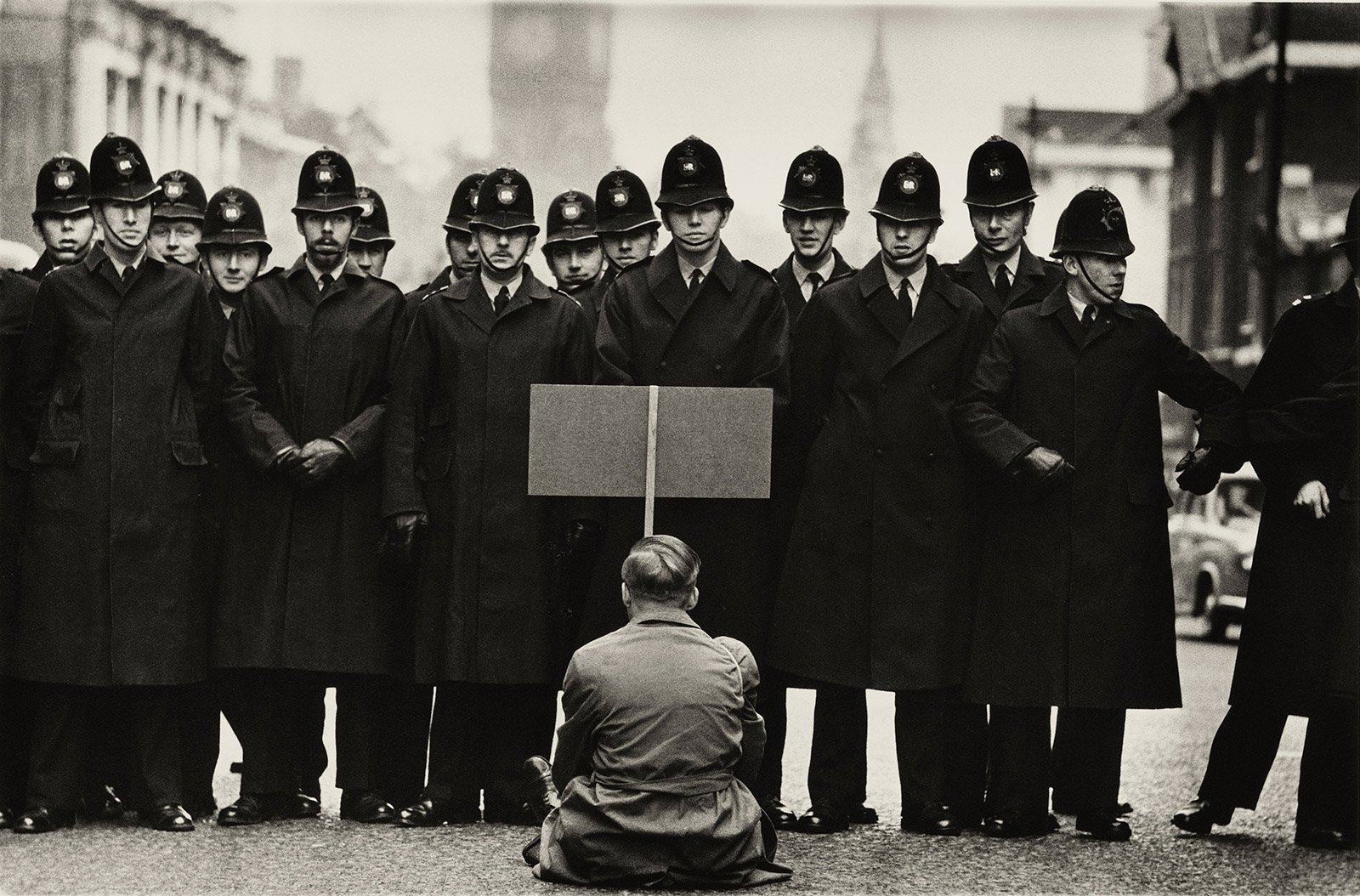 The darkness of photojournalist Don McCullin explored in Tate Britain retrospective
The darkness of photojournalist Don McCullin explored in Tate Britain retrospectiveThe iconic British war photographer reveals the personal toll his photographs have taken as a major survey spanning his six decade-long career opens in London
By Tom Seymour
-
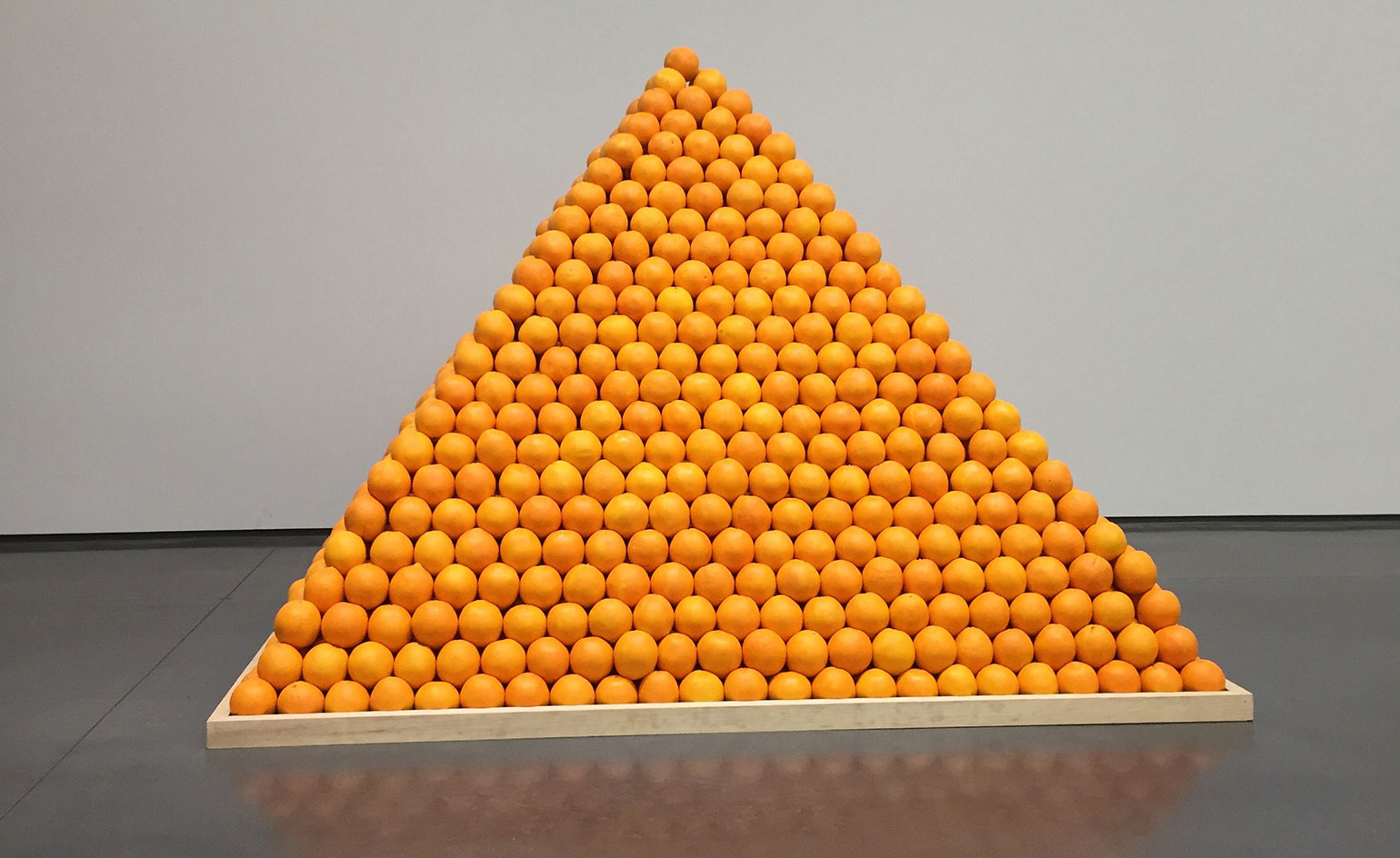 Alive and kicking: 'Conceptual Art in Britain 1964–1979' at Tate Britain
Alive and kicking: 'Conceptual Art in Britain 1964–1979' at Tate BritainBy Florence Waters